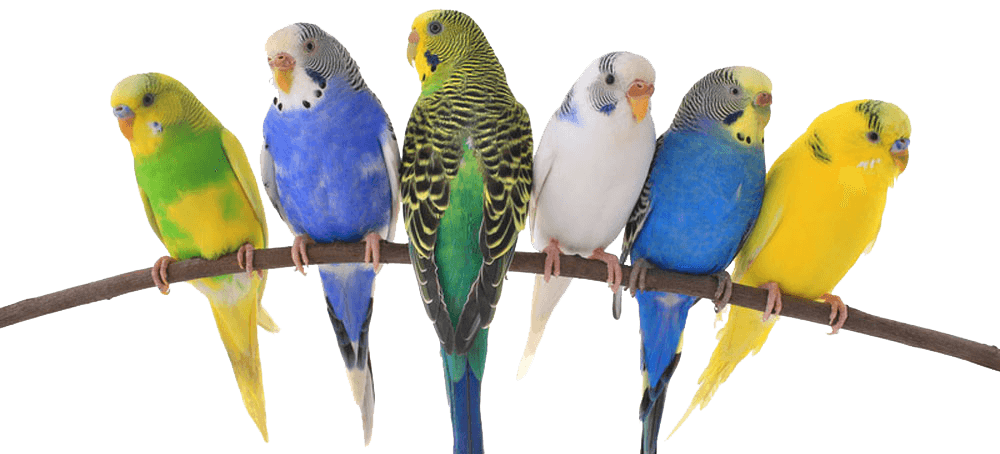Your bird or exotic pet’s health is important to us. We will be continually updating this section to contain useful pet care tips, as well as information on diseases and preventative care for your bird or exotic pet.

Choosing a Pet Bird
When selecting a pet bird, choose one that is right for your situation. Impulse buying of pet birds can lead to problems. Important considerations include:
- Space requirements
- Amount of care required
- Life span
- Cost
- Whether or not it was hand fed
- Noisiness
- Age
- Sex
Most captive-bred birds are now hand-fed. This practice results in much tamer and better-adjusted pets. Hand-fed youngsters are often 2-5 times more expensive than wild-caught imported birds of the same species. Not all hand-fed birds are equal. Young birds which are simply fed and then left isolated until the next feeding are not as human-friendly as birds which get lavished with extra attention between and at meal times.
Younger birds are easier to tame and train. They may also come with a health agreement or guarantee, which the mature bird usually does not. For most common breeds of cage birds (Budgies, Cockatiels), it is best to get a bird which is 2-3 months old.
In many species there are marked differences between the temperaments of males and females. Male budgies are sometimes better talkers and less aggressive than females of this species. If you are interested in a singing canary, you will want to purchase a male. Female cockatiels are thought to be less aggressive than their male counterparts. Also female birds often lay eggs even in the absence of a male, which can lead to health problems, if excessive.
Certain species of birds are more likely to be noisy, aggressive, require a large amount of attention, or pick their feathers. You should research the species of bird before purchasing it so that you are prepared.
Pet Bird Diseases
A sharp eye on your bird’s condition and behavior can be lifesaving. You may be able to spot some illnesses and disorders before they become serious. Keep in mind though, that it can be tricky to tell when a bird is sick. A natural defense mechanism enables the bird to “perk up” when necessary to avoid predators. If you don’t spend a lot of time with the bird, or are unable to observe small abnormalities, you might miss the early signs of disease.
- Is the bird behaving abnormally-sitting on the floor, constantly ruffling, or wobbling on the perch?
- Is it lethargic?
- Has it gone off feed (check the cage floor for scraps or seeds)?
- Are its talons or nails overgrown?
- Are its eyes dull-not bright and clear as normal?
- Are its feathers puffed and dull, or is it bare of feathers in certain spots?
- Are the wings out of proper position or asymmetrical?
- Is there discharge in the eye or nasal area?
- Is the beak overgrown or asymmetrical?
- Is there an accumulation of droppings on the bird’s feathers or feet?
- Is the bird breathing heavily or with difficulty-any wheezing, coughing, or abnormal sneezing?
- Has the bird developed any growths or enlargements?
- It is not unusual for recently purchased or relocated birds to go off feed for as long as 24 hours. But when longer than this there is danger of starvation and force-feeding may be necessary. Check with your veterinarian.
Check with your veterinarian if you notice any of the preceding warning signs.
